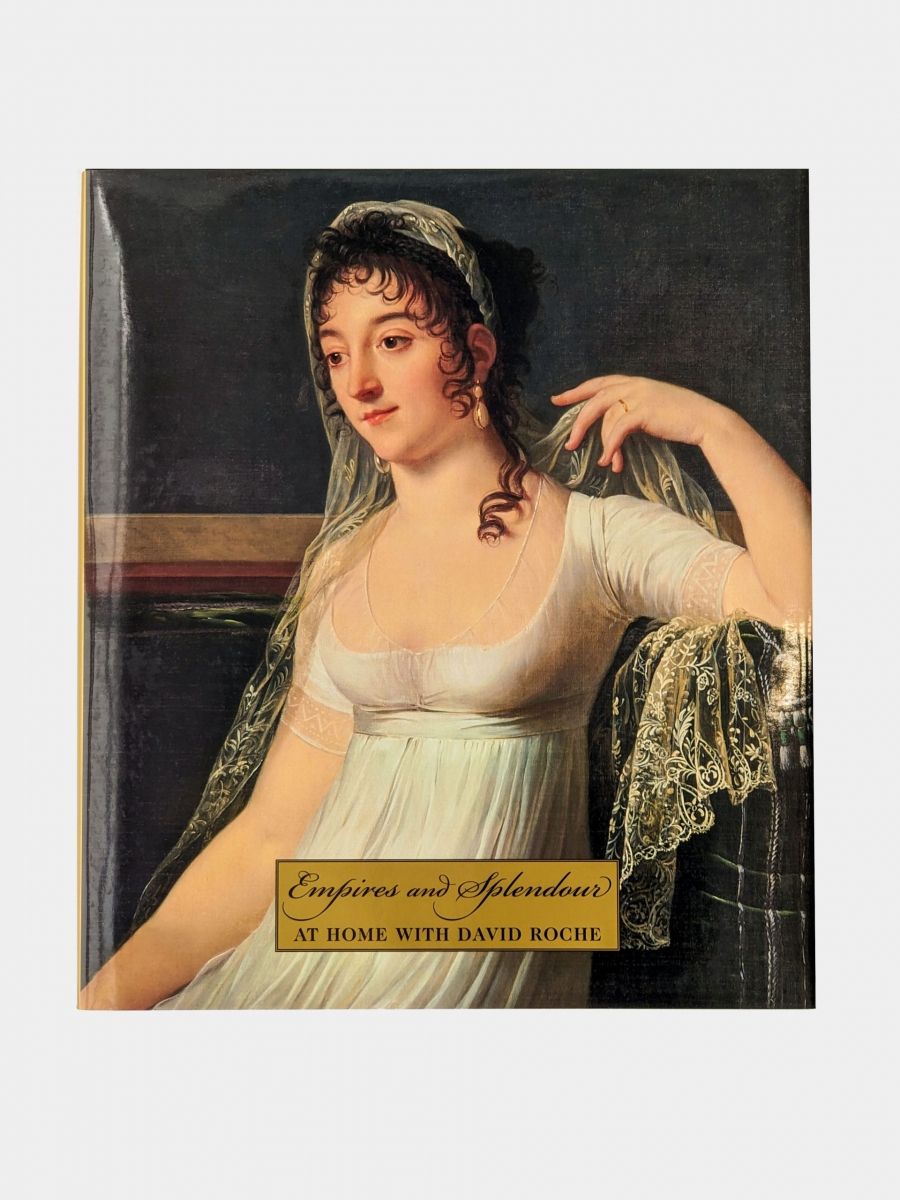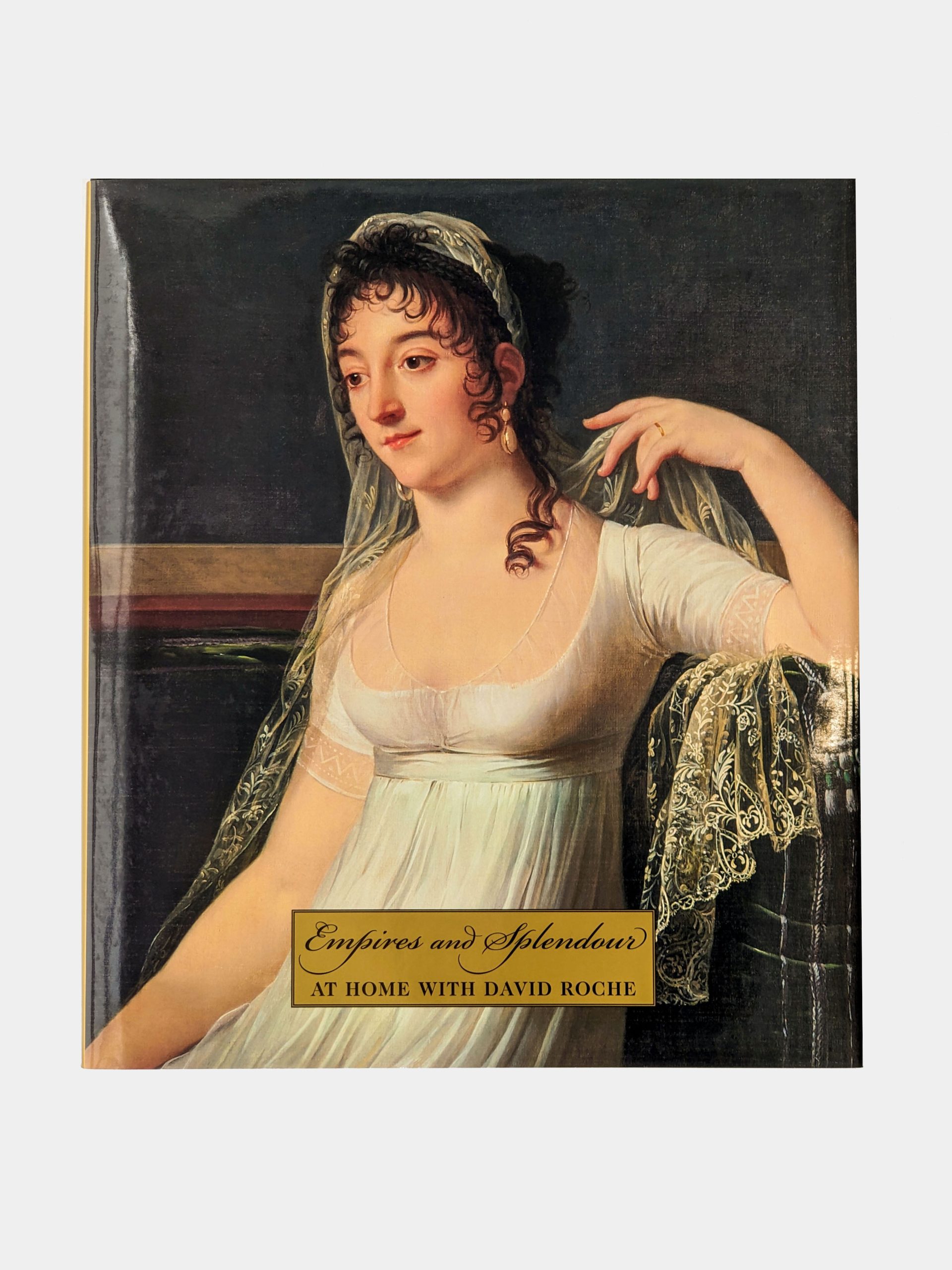
- Free Article: No
- Custom Article Title: Private splendours
- Review Article: Yes
- Article Title: Private splendours
- Online Only: No
- Custom Highlight Text:
The art gallery of South Australia has assembled a cast of expert contributors for the catalogue that accompanied its recent exhibition of European decorative arts. Empires & Splendour: The David Roche Collection, is the most expensive publication to date from AGSA and was published with assistance from David Roche.
- Book 1 Title: Empires & Splendour
- Book 1 Subtitle: The David Roche collection
- Book 1 Biblio: Art Gallery of South Australia, $120 hb, 276 pp
- Book 1 Cover Small (400 x 600):

- Book 1 Cover (800 x 1200):

This is not the first time that Christopher Menz, Director of AGSA and co-curator of the exhibition, has had access to the Roche collection, one of Australia’s major decorative arts collections in private hands. Previously, Menz included several works (such as the Hope stool) in his Regency: British Art & Design 1800–1830 exhibition at AGSA.
David Roche, an Adelaide collector, has had the wherewithal, taste and ‘eye’ needed to assemble a world-class collection centred around the apex of the neo-classical period, roughly bounded by the dates 1790–1830, which coincided with the British Regency and the Napoleonic era. Neo-classicism, or classical revival, was a reaction to the excesses of the baroque and the frivolity of the rococo. The clean lines and allusive decoration found a natural audience in Napoleon’s France and elsewhere in the anarchic longing for the new, as expressed by Britain’s Prince Regent (later George IV).
Roche’s collection, many decades in the making and by no means yet finished, spans two centuries, culminating in the last gasp of Russian imperial splendour at Fabergé. In his modest foreword, Roche names his passions: dogs, antiques and gardens and hopes that one day ‘my small foundation will be known internationally for its diversity and great quality’. Judging by this selection of one hundred objects, there is every chance it will.
Roche’s ‘small foundation’, established in 1999, includes items such as a plate from the Meissen Swan Service, designed by Johan Joachim Kandler around 1736 in the new medium of hard paste porcelain. In its day, the acquisition of this ceramic required a heavy purse. The destruction of Dresden in 1945 reduced available stocks of Meissen. When parts of the Swan Service come on the market these days, they command high prices.
The biographical sketch of Roche that opens this catalogue relates the history of the Roche family and the Adelaide Development Company, founded by David’s father J.D.K. Roche. In 1939 Roche père took his family and an extensive retinue on a tour of the great museums of Europe. At times the family found themselves just ahead of the advancing German army.
Menz identifies the collecting personality thus: ‘A singular focus and the quest for the perfect object, often to the exclusion of other interests in life, is the determining attribute of a great collector.’ Roche’s is a living collection; there is a striking photograph of Roche in his home, Fermoy House, standing among items which once formed the backdrop of the everyday lives of historical figures. Reading the provenance of many of these objects is as absorbing as studying the pieces themselves.
In addition to the many entries by Christopher Menz; Robert Reason, Curator of Decorative Arts at AGSA, describes notable early examples of Worcester, Chelsea and Bow. Alice Milica Ilich highlights a cameo portrait of Catherine the Great, designed by the empress’s daughter-in-law, the Grand Duchess Maria Feodorova. Carlton Hobbs, the famous New York antiques dealer, has contributed articles on his specialty, neo-classical furniture, including the photogenic Ciuli micro-mosaic table used on the front cover of the book.
One of the highlights of the collection is the Durs Egg, a three-barrelled flintlock pistol presented to Napoleon Bonaparte in 1802, when he was first consul. The pistol is photographed almost to scale and is (deliciously) small enough to fit into a purse.
Roche’s focus occasionally wanders beyond the grand. Among the novelty items are two American foil paintings of the 1850s. They are anonymous, probably executed by women, and quite ravishing. Another unusual inclusion is Mary McKillop’s first headstone. (Roche’s buying is pleasingly idiosyncratic.)
Unusual for a gallery catalogue with a number of contributors, there is a remarkable uniformity of tone. Empires & Splendour, beautifully presented, is destined to become a collector’s item in its own right. On opening night, many guests, undaunted by the price, walked out with multiple copies.


Comments powered by CComment